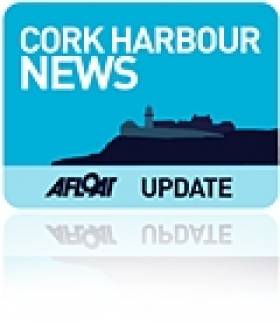Displaying items by tag: tender
Marinas Could Make a Difference to Cork Tourism
Developing marinas on the Cork coastline is a top priority for county manager Martin Riordan.
Speaking to the Evening Echo recently, Riordan outlined plans to exploit tourism for job creation, focusing on Cork Harbour and the county's 680 miles of coastline.
"We need to develop a honey pot around Cork Harbour," he said. "An in terms of marinas, there is scope for another two or three marinas aroind the coast."
Riordan pinpointed Youghal and Schull as two preferred locations.
"I think Fáilte Ireland shoud be giving funding to get one or two of these marinas started," he added, noting that Cork County Council was prepared to provide council-owned land for the projects.
"If we could get another three marinas in the next four or fives years it would make a big difference to tourism," he said.
4NI reports that tenders have already been invited for a hotel and berthing area in Youghal.
Plans For Pontoon Berth Despite Block on Carlisle Pier Development
The Dun Laoghaire Harbour company has issued an invitation to tender for a new floating berth, despite being refused permission to continue development of the historic Carlisle Pier, The Sunday Business Post reports.
Most of the listed structure was torn down in September 2009 and replaced with a car park by the company, which said it received legal advice that planning permission was not required.
Following a campaign by local residents and the intervention of Green Party TD Ciarán Cuffe and Dun Laoughaire Rathdown County Council, An Bord Pleanála ruled that the redevelopment was not exempted.
According to The Sunday Tribune, the development plans were rejected on the basis of their effect on the local conservation area and failure to reuse elements of the old pier structures.
However, last week the company published a notice inviting tenders for a floating pontoon berth to be attached to the old pier, designed to accommodate cruise passengers.
The tender details are available to read online, and the project is currently pending planning permission.
The harbour company is part of the Dun Laoghaire Cruise Stakeholder Group, which is marketing the town as a destination for international cruise liners.

























































